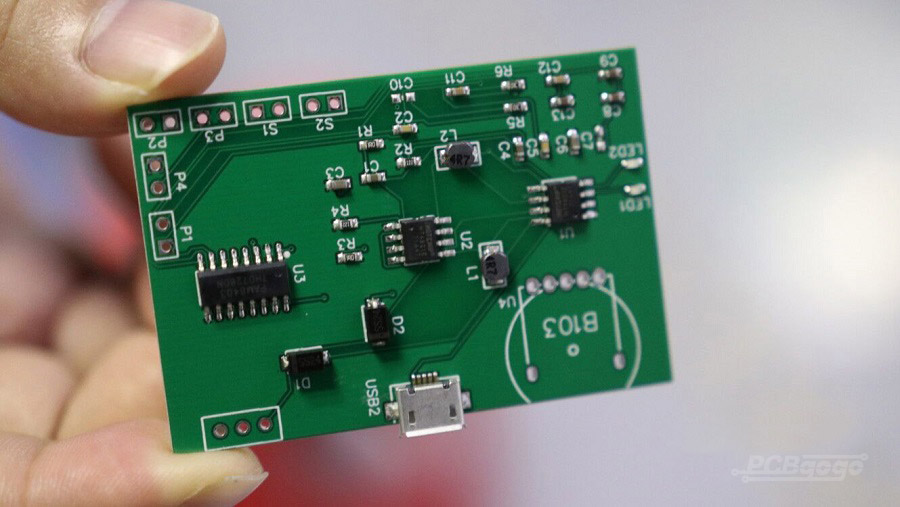

The degrading process also depends on where the PCBs are in the environment. PCBs can degrade or breakdown in the environment, but the process greatly depends on the chemical makeup of the PCBs. These findings of such widespread and persistent contamination contributed to the banning of the chemical in 1979. In the 1960s, when initial research results were released, traces of PCBs could be detected in people and animals around the world – not only in heavily populated areas such as New York City, but also in remote areas as far as the Arctic. Occasionally, accidental spills and leaks from these facilities or transformer fires could result in PCBs entering the environment. Wastes from the manufacturing process that contained PCBs were often placed in dump sites or landfills. Prior to the ban in 1979, PCBs entered the air, water, and soil during manufacture and use. PCBs were also sprayed on dirt roads to keep the dust down prior to knowing some of the unintended consequences from widespread use. From the 1920s until their ban, an estimated 1.5 billion pounds of PCBs were made for things such as microscope oils, electrical insulators, capacitors, and electric appliances such as television sets or refrigerators. in 1979 because these chemicals harm human and environmental health.


 0 kommentar(er)
0 kommentar(er)
